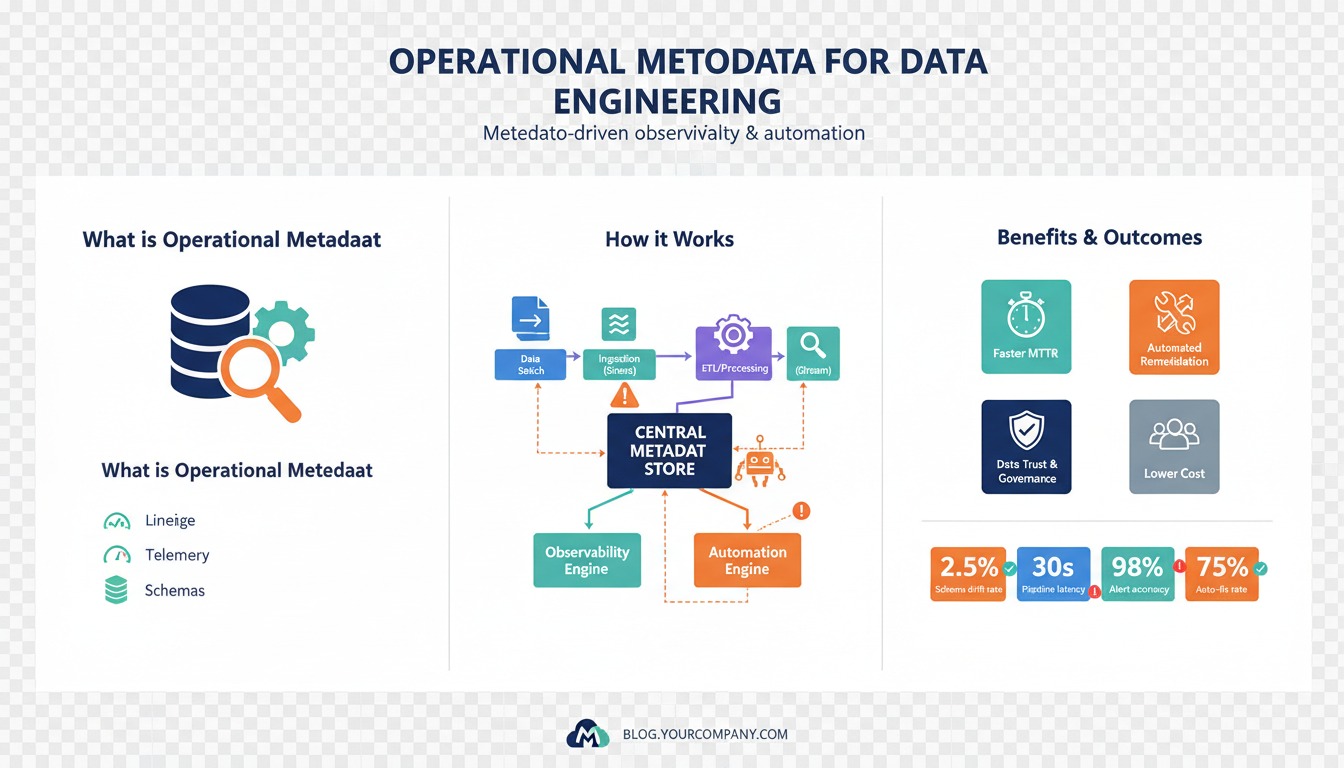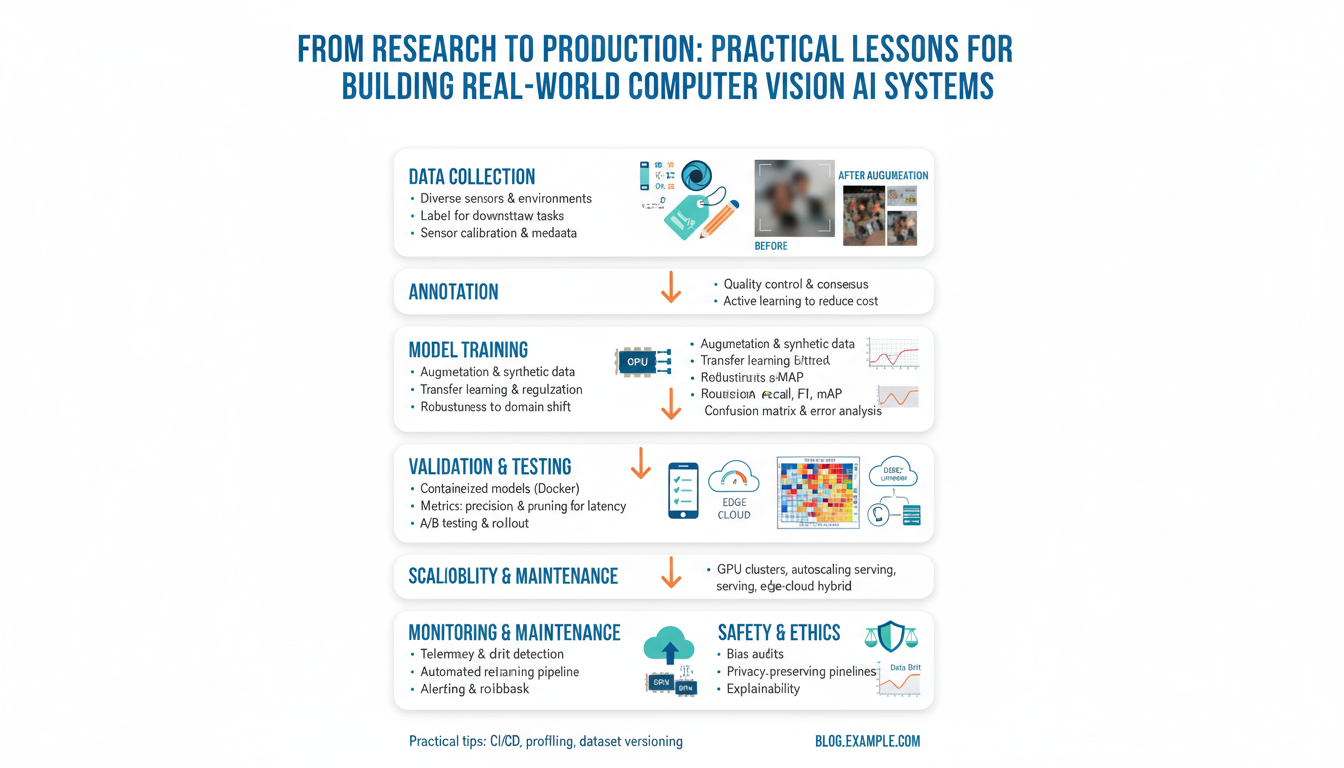The Rise of Siri: A Groundbreaking Start for Voice Assistants
When Apple introduced Siri in 2011, it was nothing short of revolutionary. Siri emerged as the first voice assistant embedded in a mainstream smartphone, the iPhone 4S, promising to change the way people interacted with technology. Building on decades of research in speech recognition and natural language processing, Apple placed a powerful vision at the fingertips of millions: the ability to ask questions, set reminders, send messages, and perform basic tasks using only your voice.
Siri’s debut was met with awe not just from consumers but from the entire tech industry. For the first time, a digital assistant was always at hand, ready to help with everyday queries like checking the weather or scheduling appointments—something previously available only through clunky voice interfaces in specialized hardware or research prototypes. You could simply say, “Siri, what’s the weather like today?” and receive a real-time update, a feature that at the time felt like magic thanks to Apple’s seamless integration with internet-connected services and intuitive design. The novelty and utility made Siri a household name almost overnight.
Apple’s pioneering move built on years of academic and industrial work in voice recognition. Before Siri, voice interfaces had largely been limited to basic commands or dictated texts, with notable examples in call centers and car dashboards. Apple, by leveraging the work of Stanford University (where some of Siri’s founding technology originated), brought intelligence and context-awareness to consumer devices. Siri could interpret natural language, allowing users to speak in everyday terms instead of memorizing rigid command phrases—a significant leap forward compared to previous solutions from companies like IBM’s ViaVoice.
The impact was profound: competitors rushed to launch their own voice assistants—most notably Microsoft’s Cortana and Google Assistant—shaping a new era where hands-free interaction and smart assistants became expected features on both mobile devices and in the burgeoning smart home ecosystem. Siri set the template for a user-friendly interface that listened, interpreted, and responded immediately.
Perhaps most importantly, Siri ignited the public imagination about the possibilities of artificial intelligence (AI) in daily life. The technology’s ability to understand context, remember preferences, and interact conversationally made it the flagship example of what the future of AI-driven interfaces could look like. This momentum not only shifted consumer expectations but also set the stage for rapid advancements in machine learning and natural language processing across the technology sector, as covered by The New York Times during Siri’s launch.
In the early days, Apple’s ecosystem offered a seamless, engaging experience, helping users complete tasks faster and more efficiently than ever before. The introduction and early evolution of Siri remain examples of Apple’s ability to package cutting-edge research into universally accessible consumer technology, creating a product that shaped the future direction of personal computing.
How Apple’s Privacy Stance Limits Siri’s Intelligence
Apple has long emphasized user privacy as a cornerstone of its brand, setting it apart from rivals like Google and Amazon. While this privacy-first approach is commendable, it has profound implications for the development and capabilities of Siri. Apple’s commitment to protecting user data means much of the processing for Siri happens on-device rather than in the cloud. This architectural choice ensures that your voice commands and requests aren’t stored long-term on Apple’s servers, minimizing the risk of data misuse or breaches. However, this also limits Siri’s ability to learn and adapt at scale—an area where competitors gain a significant edge.
Consider how Google Assistant and Amazon Alexa operate. Both companies aggregate vast amounts of user data in the cloud, using it to train their machine learning models. As outlined by Nature, cloud-based learning allows AI to identify patterns, adjust to individual preferences, and improve natural language processing continuously. By contrast, Siri’s on-device learning is private but more limited in scope: it can’t leverage shared data or learn from interactions across millions of users.
For example, when you ask Siri to play your favorite song, the assistant uses information stored locally on your device to make a suggestion. Meanwhile, Google Assistant might draw on global trends and user behavior to offer recommendations, making it both smarter and more contextually aware. This is a key reason why Siri sometimes fails to keep up with more dynamic, predictive performance seen in its competitors (The Verge).
The consequences are tangible: Siri struggles with complex queries, context retention, and multi-step tasks. For instance, creating a grocery list based on pantry inventory, sharing that list with family, and then auto-updating based on purchases is a breeze for cloud-powered assistants, but can be unwieldy for Siri. This limitation is largely a byproduct of Apple’s privacy-centric design, which restricts Siri from accessing and cross-referencing data from various sources the way other assistants do (CNBC).
It’s clear Apple is in a tough position: enhancing Siri’s intelligence would likely require loosening its grip on data privacy, which could undermine the trust it’s cultivated with users. The challenge lies in balancing innovation with privacy—a tightrope walk that shapes the very essence of Siri’s abilities in today’s AI-driven world.
Comparing Siri to Google Assistant and Alexa: Where the Gaps Appear
When evaluating voice assistants, one of the clearest places where Apple’s Siri falls notably behind is in day-to-day usability and intelligence compared to its key competitors: Google Assistant and Amazon Alexa. Each of these platforms showcases distinct strengths, but the gaps in performance and capability between Siri and the others have become increasingly evident.
Understanding Context and Conversational Intelligence
Google Assistant sets the gold standard for understanding multi-step queries and maintaining conversational context. For example, if you ask Google Assistant, “Who is the president of France?” and follow up with, “How tall is he?” the Assistant understands that “he” refers to Emmanuel Macron. Alexa also handles some of these conversational nuances, although not quite as seamlessly as Google. Siri, however, frequently loses track of context after each question, often requiring users to restate details or clarify references.
This gap traces back to Google’s powerful AI models and access to vast data through its search engine, as explored by Wired. Siri’s relative lack of integration with Apple’s broader ecosystem of data—possibly a result of privacy-first design—limits its ability to offer the same conversational depth.
Integration with Third-Party Services and Ecosystems
Voice assistants are increasingly expected to act as command centers for smart homes, entertainment, productivity, and beyond. Amazon Alexa, thanks to its open developer model and over 100,000 skills, leads in third-party compatibility. Google Assistant follows closely, offering seamless connections with Google’s own suite of services along with vast smart home integrations.
Siri, in contrast, remains limited to a select number of supported apps and services. For example, you can ask Alexa to order you an Uber, control a wide variety of smart home devices, or play music from a diverse array of sources. Google Assistant similarly excels at pulling in data from services like Gmail, Google Calendar, and Google Maps. Siri does integrate with Apple’s HomeKit and some select partners, but its capabilities are significantly narrower. As The Verge explains, this gap is partly due to Apple’s tightly controlled ecosystem and focus on privacy, but it also reflects slower development of new integrations.
Accuracy and Natural Language Recognition
Another area where gaps are pronounced is in natural language recognition. Google Assistant consistently excels in recognizing a variety of accents and speech patterns, leveraging years of experience with search queries and voice recognition tech. Alexa has also stepped up its game in this domain. Siri, by contrast, still misinterprets basic commands more often—a problem highlighted in independent evaluations such as the Tom’s Guide voice assistant showdown.
Real-world examples underscore the difference: a user asking Google Assistant, “Remind me to call Mom when I get home and send her the photos from last weekend,” is likely to get an accurate, context-aware reminder with actionable suggestions. Siri, while able to set simple reminders, may misinterpret more complex requests or break them up, requiring additional input.
Continuous Learning and Adaptation
Both Google and Amazon have emphasized continuous improvement through cloud-based AI and machine learning systems, allowing their assistants to learn from billions of interactions worldwide. As a result, users notice regular, incremental improvements in performance and features. Siri, according to Bloomberg, has lagged here as well—Apple’s preference for on-device processing, while privacy-conscious, can limit the speed and scale of Siri’s improvement.
Ultimately, the growing disparity in these areas means that, while Siri remains a useful assistant for basic tasks within the Apple ecosystem, it increasingly feels less capable compared to the rapidly evolving abilities of Google Assistant and Alexa. Apple’s challenge moving forward will be to bridge these gaps while maintaining its core values of privacy and security—a balancing act that will define the next chapter of voice-first computing.
Inside Apple’s AI Challenges: Talent, Data, and Culture
Apple has long been at the forefront of hardware innovation, but its journey in artificial intelligence (AI)—particularly with Siri—reveals a different story. To truly understand why Siri is lagging behind its rivals, it’s essential to look deeper into Apple’s internal challenges. These include difficulties in attracting and maintaining top AI talent, limitations in accessible data, and a culture that historically prioritizes privacy and secrecy over speed and experimentation. Let’s explore how these factors combine to explain Apple’s AI struggle.
1. The Battle for Top AI Talent
Strong AI products require world-class experts, and Silicon Valley’s talent pool is fiercely competitive. AI luminaries flock to companies where they can push boundaries and publish openly. Here, Google, Microsoft, and OpenAI have an edge: they attract researchers with open publishing policies, large research labs, and high-profile projects like Google Brain and Microsoft Research AI.
Apple, by contrast, has historically favored secrecy to protect its proprietary technology. While this benefits product security, it deters top AI researchers who value recognition and academic engagement. A recent analysis by MIT Technology Review highlights Apple’s difficulty in retaining senior machine learning engineers, many of whom are lured away by rivals promising greater freedom and resources.
2. Data: A Double-Edged Sword
Modern AI models, particularly those operating on large language models (LLMs), thrive on massive, diverse datasets. Chatbots like ChatGPT and Google Gemini are trained on oceans of internet text, user interactions, and real-world feedback. Apple’s rigorous privacy protections, while admired globally (Brookings reports), limit the data available for AI engineers. User queries, voice files, and other sensitive information are often kept entirely on-device or anonymized beyond utility for deep learning.
This privacy-first approach restricts Apple’s ability to personalize and improve Siri as rapidly as competitors whose AI systems can learn from millions of real user interactions. For example, Apple can’t easily aggregate the kind of conversational feedback that fuels improvements in products like OpenAI’s GPT-4.
3. Culture: Secretive by Design
Apple’s corporate culture is one of secrecy and highly controlled information sharing. This approach is a hallmark of its hardware design teams, but it’s less effective for AI development, where sharing ideas quickly and publishing research fosters progress. According to a feature in Wired, Apple’s reticence to publicly share research and collaborate externally means its breakthroughs often arrive quietly—if they arrive at all. This insularity can slow innovation and limit exposure to cutting-edge advances in fast-paced AI communities.
Moreover, the decision-making process at Apple is famously top-down. While this keeps the brand cohesive, it can stifle experimentation and risk-taking in AI, a field that thrives on rapid prototyping and learning from failure. At companies like Google, teams regularly launch and iterate on public experiments—even if initial versions are imperfect—helping them learn and adapt faster.
Conclusion
Apple’s AI obstacles stem from its unique blend of priorities: privacy, product secrecy, and controlled culture. While these standards protect user trust, they restrict the very factors—talent, access to data, and cultural openness—that drive modern AI advances. For Apple to push Siri and its AI products forward, it must find new ways to strike a balance between privacy and progress, secrecy and collaboration—a challenge that will define its next era in technology.
User Frustrations: Real-World Examples of Siri Falling Short
Siri, once hailed as a groundbreaking voice assistant, is now a frequent source of user frustration in daily interactions. Many loyal Apple users express disappointment as they observe rivals like Google Assistant and Amazon Alexa outperforming Siri in both basic and complex tasks. These shortcomings become especially obvious in real-world scenarios, where reliability and intelligence are crucial.
One of the most significant pain points is Siri’s struggle with understanding natural language. Users often report having to rephrase commands multiple times before Siri responds correctly. For example, asking “Remind me to pick up eggs when I leave work” often results in a generic reminder, with Siri ignoring the context of location entirely. In contrast, third-party tests consistently show that Google Assistant not only recognizes context but applies it more accurately, interpreting nuanced requests with ease.
Another common frustration arises when Siri attempts to answer basic factual questions. Users have shared countless anecdotes where Siri delivers outdated, irrelevant, or even incorrect information. For example, if asked, “Who won the best picture Oscar in 2023?” Siri may either fumble the answer or require follow-up clarifications, while competing assistants provide instant, accurate responses through direct integration with live databases like Wikipedia or established news sources. Industry analysts have highlighted that Siri’s reliance on limited, static sources puts it at a disadvantage compared to competitors employing advanced real-time search capabilities.
Music control is another domain where Siri often lets users down. While Apple Music is natively supported, the assistant struggles with playing specific tracks, albums, or playlists, particularly when dealing with similar-sounding names or artists from different languages. Users must painstakingly correct Siri’s mistakes, often abandoning voice controls for manual navigation. This is despite competitors like Alexa continuing to improve their recognition engines using AI advancements, making them more adept at multilingual and ambiguous queries.
Even simple smart home commands frequently turn into tedious back-and-forth exchanges with Siri. Tasks such as “Turn off all the lights except the living room” are still a stretch for Siri’s current logic, requiring users to issue commands repeatedly or reword them, which undermines the supposed convenience of voice control. Comparisons published by Wired illustrate how Siri’s limited understanding and inflexible routines frustrate users, especially when compared with the more sophisticated context-sensing rivals.
These everyday setbacks highlight why many longtime Apple customers are increasingly opting for alternative voice assistants, or forgoing them altogether. Until Siri can catch up with the rapidly evolving benchmarks set by its competition, users will continue to encounter irritation instead of the seamless assistance voice technology once promised.
Apple’s Recent Moves to Catch Up in the AI Race
Over the past year, Apple has taken a series of strategic steps in an attempt to regain its footing in the AI space, acknowledging the widespread sentiment that Siri, its virtual assistant, is lagging behind competitors. The tech giant’s recent moves speak to a new urgency to remain relevant and innovative as artificial intelligence becomes the epicenter of the consumer tech experience.
One notable development is Apple’s rumored internal project, codenamed “Ajax”, which reportedly focuses on building a large language model (LLM) to compete with the likes of ChatGPT and Google’s Bard. According to Bloomberg, Apple has already started testing Ajax internally, aiming to improve capabilities in natural language processing and contextual awareness—areas where Siri has historically struggled. By developing more sophisticated models, Apple hopes to rival the seamless, conversational abilities seen in other leading AI assistants.
Additionally, Apple made headlines with its acquisition of several artificial intelligence startups, including WaveOne, a company specializing in AI-driven video compression. This move signals that Apple isn’t just focusing on voice or text-based AI, but also exploring multimedia and on-device intelligence to enhance not only Siri’s capabilities but the entire Apple ecosystem. These acquisitions provide a rich stream of talent and intellectual property, serving as building blocks for more robust and energy-efficient AI models that can operate within Apple’s tightly-controlled privacy framework.
Strategically, Apple has also begun to infuse its hardware with AI-ready chips, like the M2 processor family, designed for faster on-device machine learning operations. This integration allows future iPhones, iPads, and Macs to run advanced AI models natively—without offloading sensitive data to external cloud servers, a growing concern among privacy-minded users. By embedding AI deeper into its silicon, Apple is preparing its devices to handle much more powerful Siri features and real-time, context-aware responses in a way that is both private and performant.
Yet, catching up in the AI race is a multi-layered challenge. Beyond algorithms and hardware, Apple is reportedly overhauling its approach to AI ethics and user privacy, aiming to balance innovation with its longstanding commitment to data security. The company is expanding its AI research groups and tapping academic experts from top universities, as seen in the recent partnership announcements with global research labs (MIT Technology Review).
Examples of Apple’s new trajectory are already appearing: machine learning now powers sophisticated features like on-device photo recognition, personalized recommendations in Apple Music, and even fall detection in the Apple Watch. These incremental steps suggest a broader rollout of intelligent features is on the horizon, setting the stage for a reinvigorated Siri and more advanced AI experiences across all Apple products.
As Apple continues to invest, acquire, and innovate, the tech industry at large is watching closely to see if these moves will be enough to rewrite its AI narrative—and finally bring Siri up to speed with today’s leading digital assistants.



